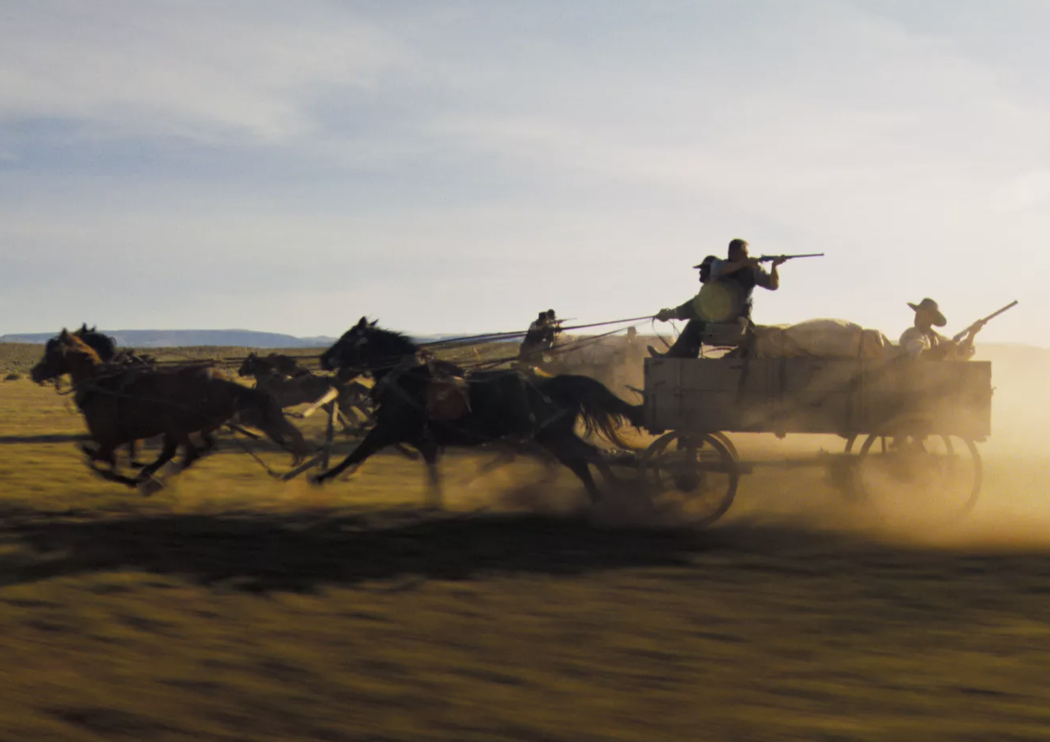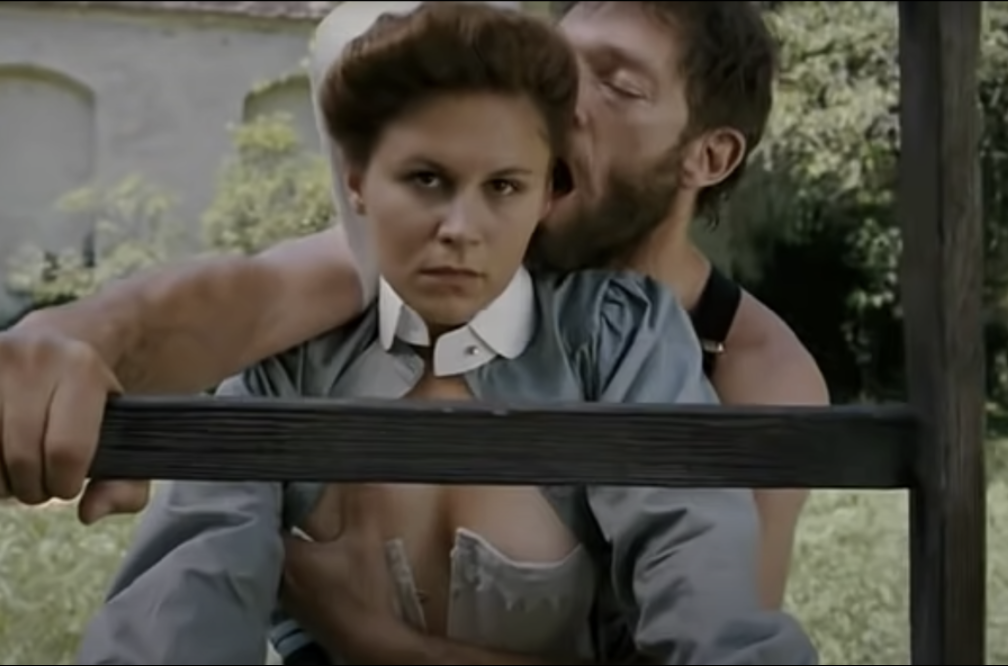“If Valkyrie succeeds, even moderately, MGM wins a modicum of credibility in image-is-everything Hollywood,” Brooks Barnes and Michael Cieply have written in today’s (11.17) N.Y. Times. “A failure brings fresh sniping that the studio does not know what it is doing, making the job of attracting top-notch talent even harder.
“Financially speaking, the stakes are considerable. With a stated production budget of $75 million — competitors insist it is closer to $90 million — Valkyrie is the most expensive film made for distribution by MGM under Harry Sloan‘s watch. The studio will now spend about $60 million to market the movie — if nothing else, to make the point that it can play in the big leagues.
“(Quantum of Solace was much more costly, but it was co-financed and co-distributed by Sony Pictures Entertainment. The movie sold $70.4 million worth of tickets in North America in its first three days of release, the biggest opening ever for a James Bond film.)
“Valkyrie will also test the mettle of [the film’s star), the 46-year-old Tom Cruise: If it fails, his status as a superstar, damaged by a rough parting with Paramount Pictures in 2006, slips another notch. And this time United Artists — clipped by a Cruise flop last year in Lions for Lambs — slips with it.”
Articles like this one are not going to stop, and the only way for MGM to spin things in a more favorable direction is to show it to select journalists and perhaps assemble a few positive reactions. In today’s environment, of course, it’s presumed by most marketers that once you screen a high-profile film the word will seep out no matter who promises what or how trustworthy they are.
But right now, and especially in the wake of Barnes and Cieply’s article, there’s probably more upside to showing Valkyrie and, let’s face it, a likely continuation of more downside whispering if they keep it hidden.













